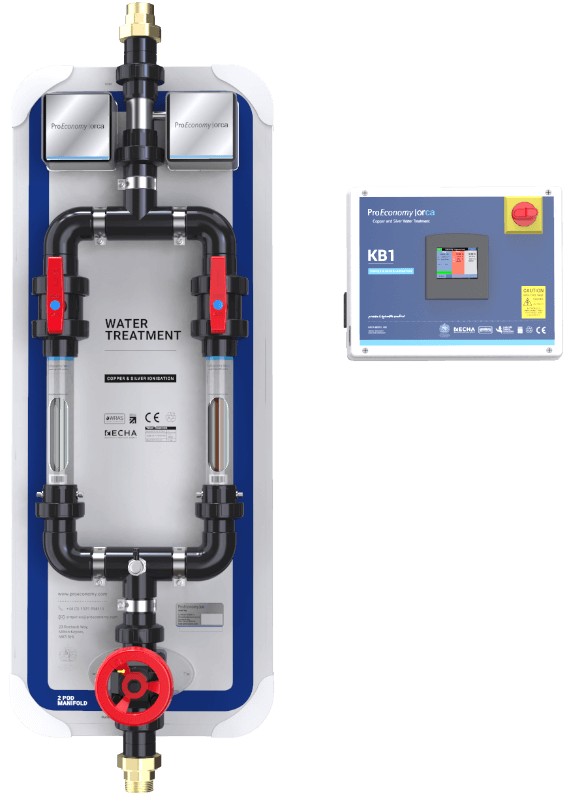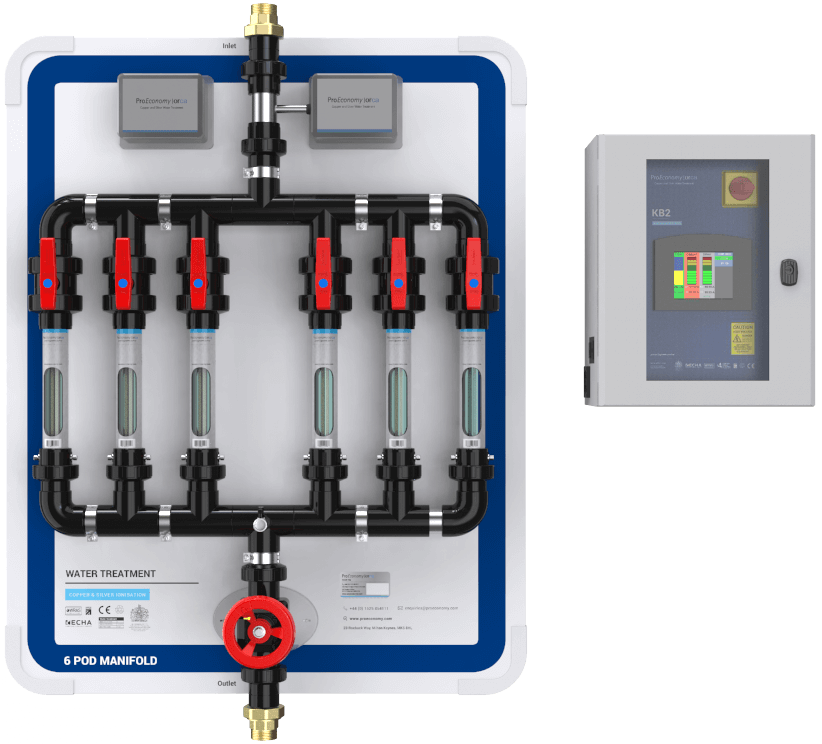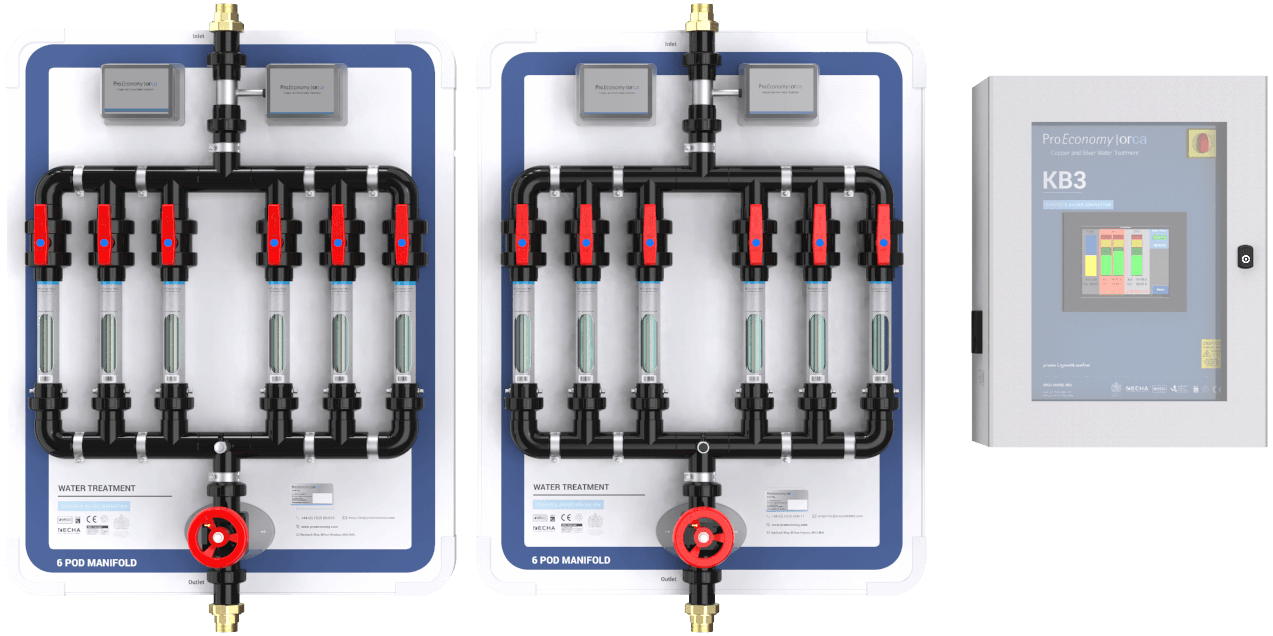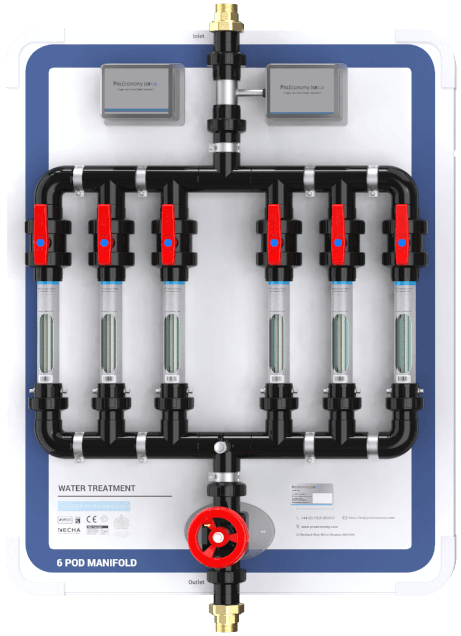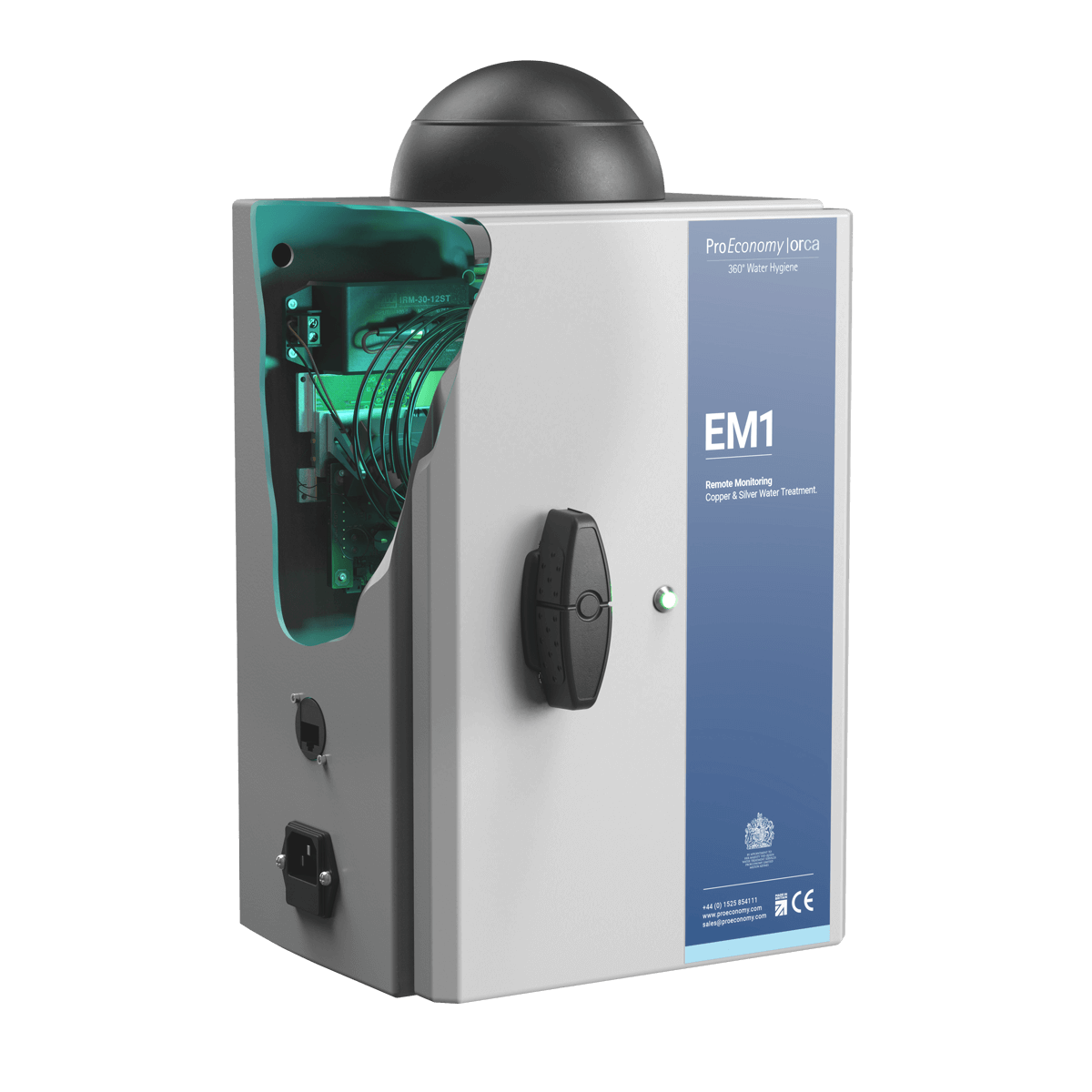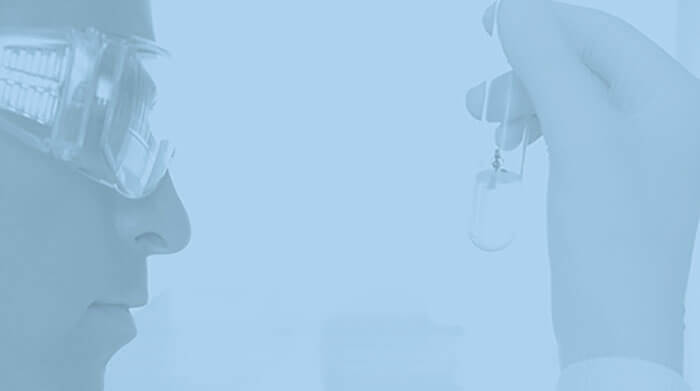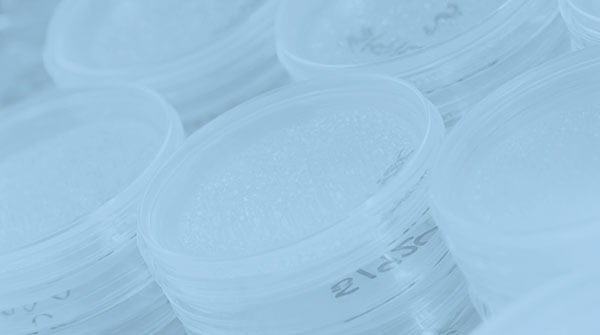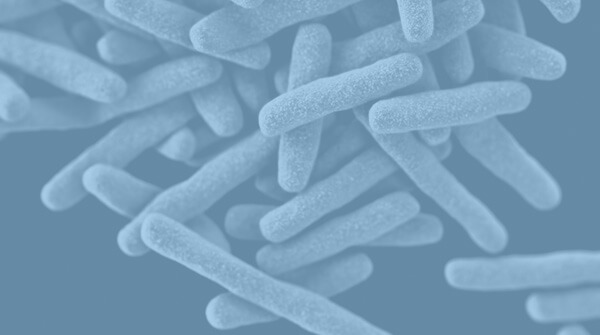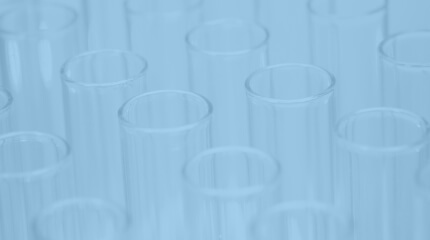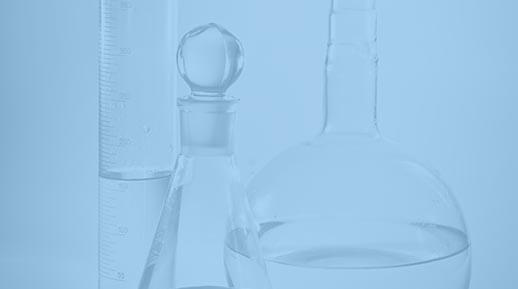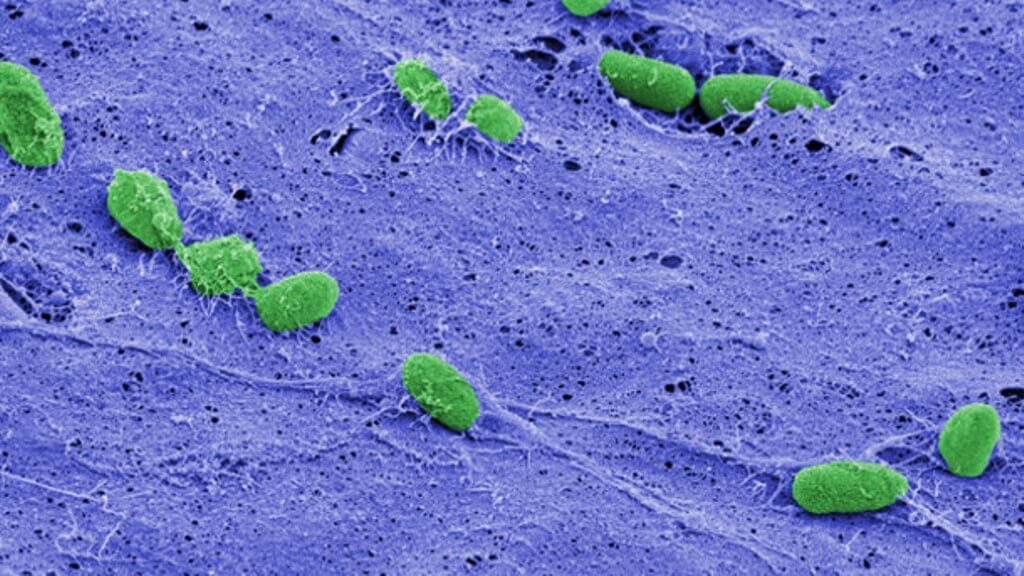 Image credit: Debra Weinstein, Sao-Mai Nguyen-Mau, and Vincent Lee
Image credit: Debra Weinstein, Sao-Mai Nguyen-Mau, and Vincent Lee
This blog is by guest blogger Dr. Vera Barbosa (Consultant Research Scientist and Writer). It was first posted on her LinkedIn page on 6th February.
What Is Pseudomonas Aeruginosa?
Pseudomonas aeruginosa is a biofilm-forming Gram-negative opportunistic bacterium with extensive metabolic diversity. This allows it to thrive in a wide variety of environments and nutrient sources. Hospital water is a recognised source of the pathogen. However, it is a common cause of community and hospital infections. Therefore, it needs controlling in healthcare facilities.
What Is Copper and Silver Ionisation (CSI)?
Copper and silver ionisation (CSI) has been widely studied (Perez Cachafeiro et al. 2007, Dziewulski et al. 2015, Shih et al. 2010, Walveren et al. 2015) and used to successfully control Legionella in hospitals (Stout and Yu 2003).
CSI also controls other pathogens including P. aeruginosa. Therefore, this study evaluates the effectiveness of copper and silver ionisation for controlling Pseudomonas aeruginosa in water outlets of seven UK hospitals over a four-year period.
Controlling Pseudomonas Aeruginosa Using Copper and Silver Ionisation
Samples from high-risk outlets were taken for analysis for P. aeruginosa. This was following a recommendation by the DH Estates and Facilities Division and for copper and silver by Inductively Coupled Plasma-Optical Emission Spectroscopy/Mass Spectrometry.
The results showed that of 6278 samples analysed between 2012 and 2016, a total of 553 (8.8%) were positive for P. aeruginosa, with over 70 samples showing less than 100 cfu/ml. The percentage of positives for individual hospitals ranged from 1.3 to11.4% (Table 1).
Copper and silver ionisation controls P. aeruginosa better in some of the hospitals than in others. Nevertheless, adequate control of P. aeruginosa was achieved in all hospitals, with one hospital showing only one positive out of 125 samples, with 9 cfu/100 ml.
We can conclude that controlling Pseudomonas Aeruginosa with copper and silver ionisation is effective. However, the system should be regularly monitored to ensure the required concentration of ions is maintained. Monitoring can be done remotely with the latest system. Therefore, it should not be a difficult task.
References
Perez Cachafeiro S, Mato Naveira I, González Garca I (2007) Is copper-silver ionisation safe and effective in controlling legionella? J Hosp Infect 67:209-216.
Dziewulski, DM, Ingles E, Codru N, Strepelis J, Schoonmaker-Bopp D (2015) Use of copper-silver ionization for the control of legionellae in alkaline environments at health care facilities. American Journal of Infection Control 43:971-6.
Shih H-Y, Lin YE (2010) Efficacy of copper-silver ionisation in controlling biofilm- and plankton-associated waterborne pathogens. Appl Environ Microb76(6):2032-2035.
Stout JE, Yu, VL (2003) Experiences of the first 16 hospitals using copper-silver ionization for Legionella control: implications for the evaluation of other disinfection modalities. Infection Control and Hospital Epidemiology 23(8):563-568.
Walveren N, Pool W, Chapman C (2015) The dosing accuracy of copper and silver ionisation systems: separate high purity copper and silver electrodes versus copper/silver alloys. Journal of Water Process Engineering 8:119-125.
Link to LinkedIn post.
html
